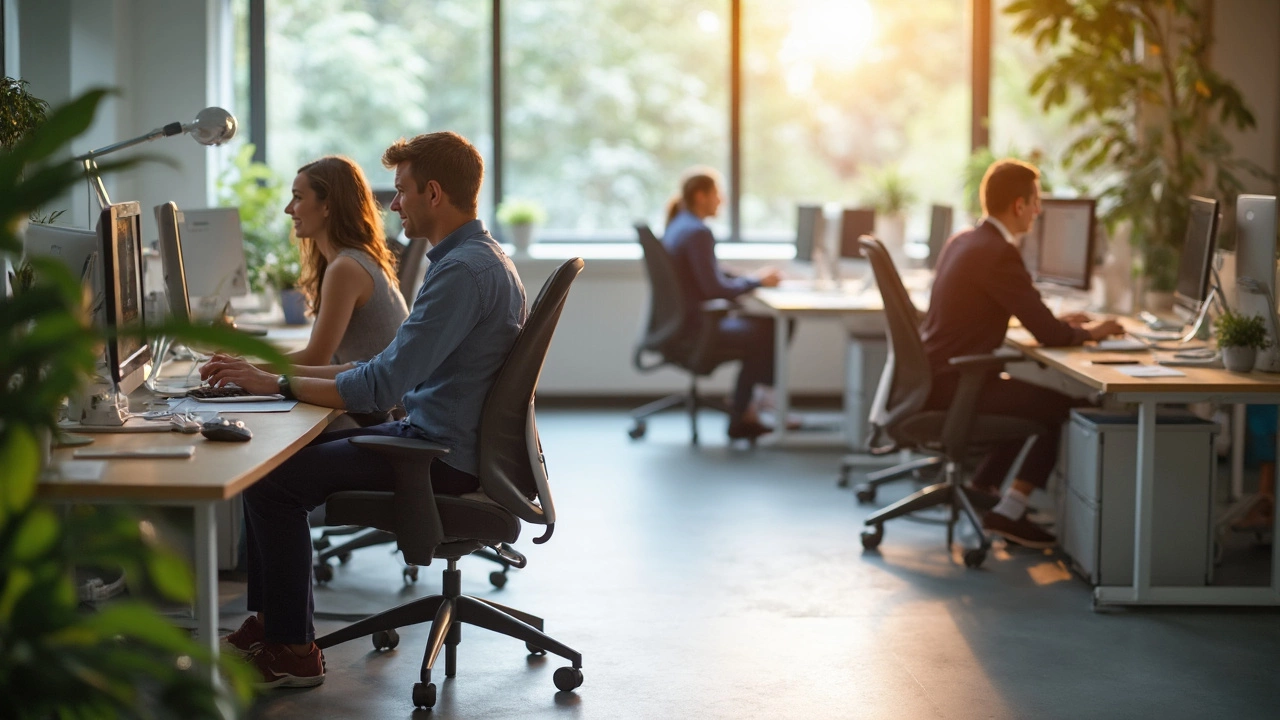Long Hours Sitting? Simple Tips to Stay Comfortable and Healthy
If you spend most of your day glued to a desk, a couch, or a car, you know how quickly fatigue sets in. The good news is you don’t need a complete lifestyle overhaul to feel better. Small changes to your seating setup and daily routine can make long sitting sessions far more tolerable.
How Your Body Reacts to Long Sitting Sessions
When you sit for hours on end, muscles in your back, hips, and neck start to tighten. Blood flow slows, which can lead to numbness or a dull ache. Your spine also loses its natural curve if the chair doesn’t support it, and that can turn a short slump into chronic pain. These effects show up fast – often after just 30 minutes of static sitting.
Because the body is built to move, staying still puts extra strain on joints and ligaments. Even if you feel fine at the start of the day, the damage adds up over weeks and months. That’s why a few simple habits can have a big impact.
Practical Ways to Make Sitting Easier
Choose the right chair. Look for a seat with a firm, supportive backrest that follows the natural curve of your spine. Adjustable height is key – your feet should rest flat on the floor, and your knees should be at a roughly 90‑degree angle. If a traditional office chair feels too stiff, a sturdy wooden chair with a padded seat can work just as well.
Add a cushion or lumbar roll. A small pillow placed behind the lower back can keep the curve in place and reduce slouching. It’s an inexpensive fix that many people overlook.
Set a timer for movement. Every 30‑45 minutes, stand up, stretch, or walk to the kitchen. Even a two‑minute walk around the room resets circulation and loosens tight muscles. Apps or phone alarms can remind you without being annoying.
Practice micro‑stretches. While sitting, try these quick moves: roll your shoulders back and forth, tilt your head side to side, and flex your ankles up and down. They take a few seconds and can prevent stiffness from building.
Adjust your screen height. The top of your monitor should sit at eye level. If it’s too low, you’ll crane your neck; if it’s too high, you’ll look up. A simple laptop stand or a stack of books can solve the problem.
Keep feet flat. If your feet dangle, use a footrest or a sturdy box. This helps maintain proper hip alignment and reduces pressure on the lower back.
Use a standing desk for part of the day. Even a half‑hour of standing while you read emails can break up the monotony. If a full‑size standing desk is out of reach, a portable riser can raise your laptop enough to work while you stand.
All these tweaks are easy to add one at a time. Pick the one that feels most doable today, try it for a week, then add another. You’ll notice less ache, better focus, and a feeling that you’re actually taking care of yourself, even during long sitting bouts.
Remember, the goal isn’t to eliminate sitting – it’s to make the time you do sit as comfortable and healthy as possible. Small, consistent changes add up, and soon you’ll wonder how you ever managed without them.
Best Chair for Sitting Long Hours: An Honest Guide to Office Comfort
Spending hours at your desk can really mess with your back if you're stuck in a bad chair. This article breaks down what makes a chair truly good for long workdays, what features actually matter, and how to spot cheap tricks used by brands. Get clear advice, real tips, and practical picks so your next chair feels as good at 6 p.m. as it did at 9 a.m.
More
